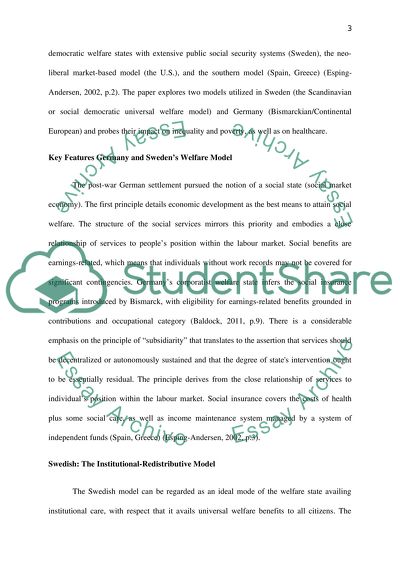Cite this document
(“Compare and contrast the liberal and Southern models of social policy, Essay”, n.d.)
Retrieved from https://studentshare.org/sociology/1462527-2-compare-and-contrast-the-liberal-and-southern-models-of-social-policy-using-at-least-one-example-of-each
Retrieved from https://studentshare.org/sociology/1462527-2-compare-and-contrast-the-liberal-and-southern-models-of-social-policy-using-at-least-one-example-of-each
(Compare and Contrast the Liberal and Southern Models of Social Policy, Essay)
https://studentshare.org/sociology/1462527-2-compare-and-contrast-the-liberal-and-southern-models-of-social-policy-using-at-least-one-example-of-each.
https://studentshare.org/sociology/1462527-2-compare-and-contrast-the-liberal-and-southern-models-of-social-policy-using-at-least-one-example-of-each.
“Compare and Contrast the Liberal and Southern Models of Social Policy, Essay”, n.d. https://studentshare.org/sociology/1462527-2-compare-and-contrast-the-liberal-and-southern-models-of-social-policy-using-at-least-one-example-of-each.


